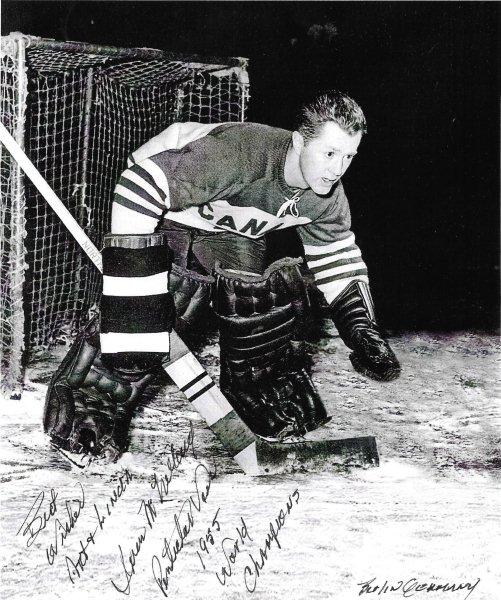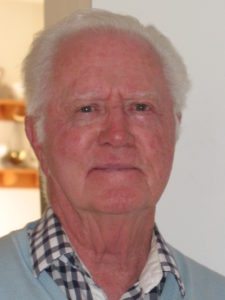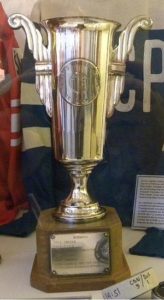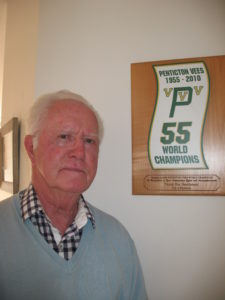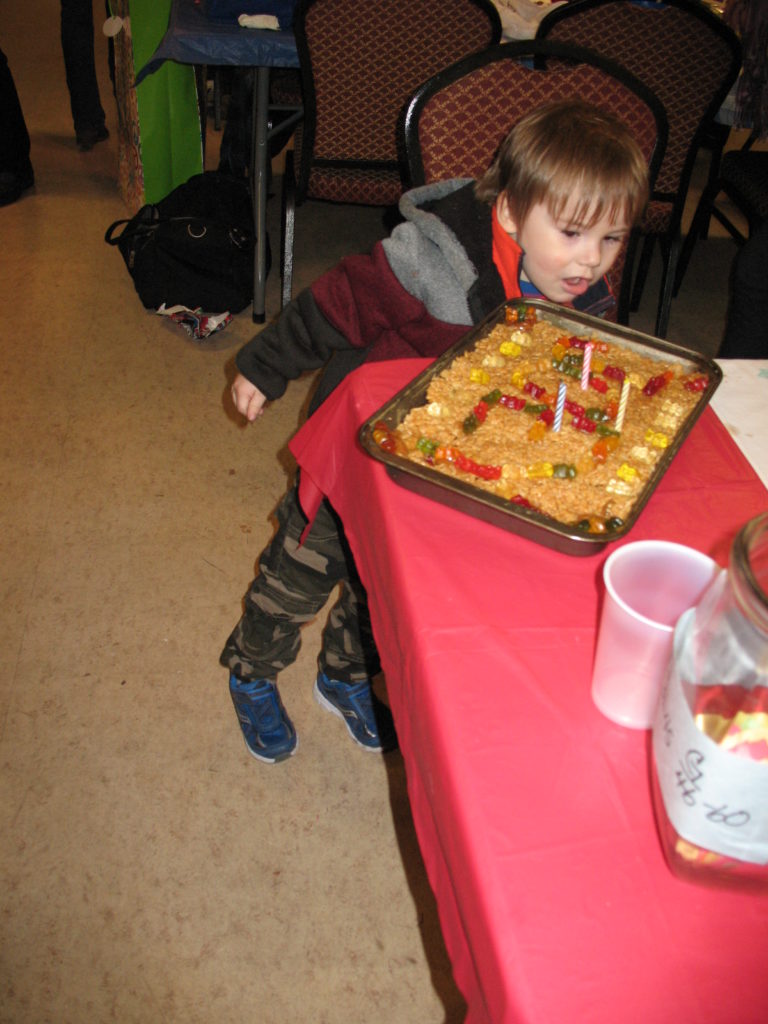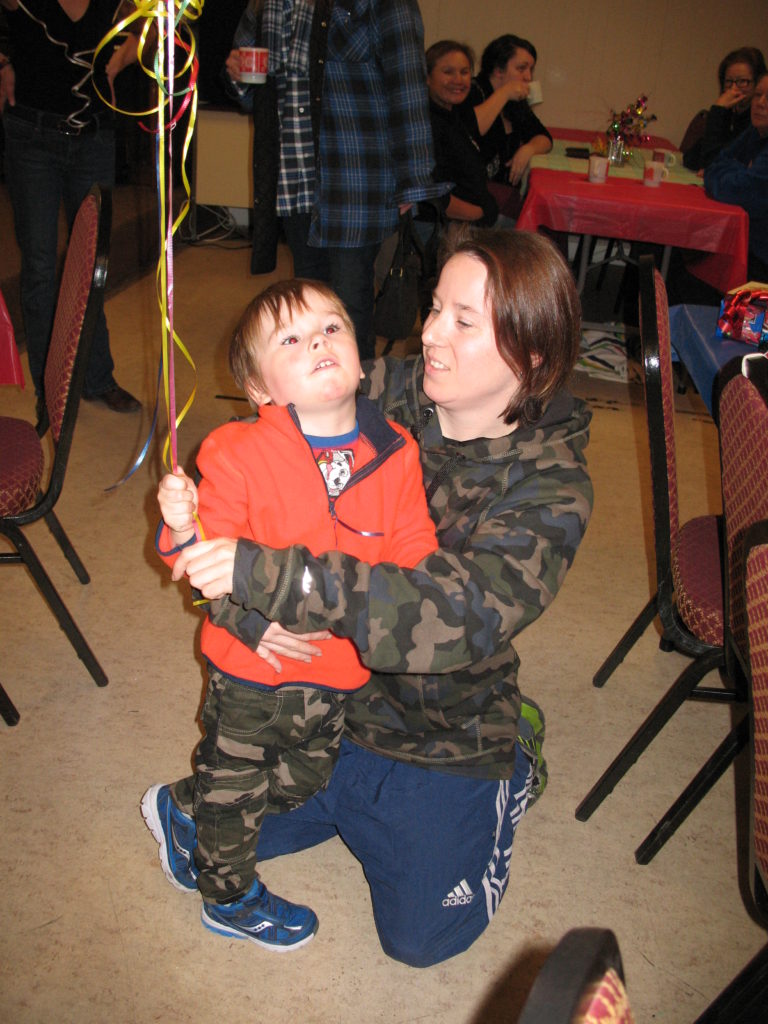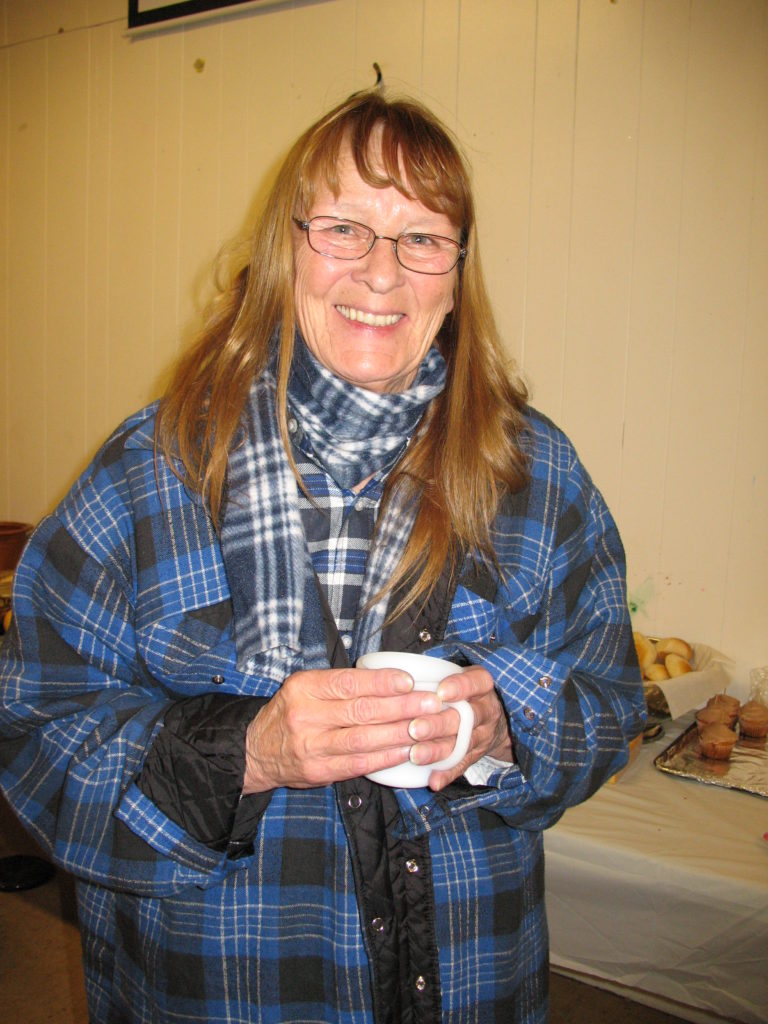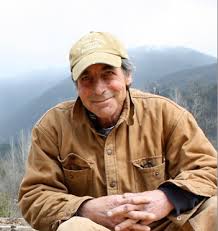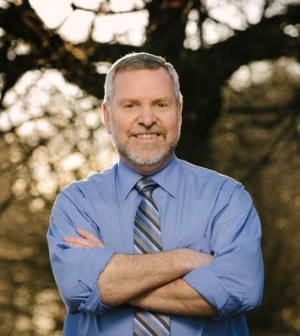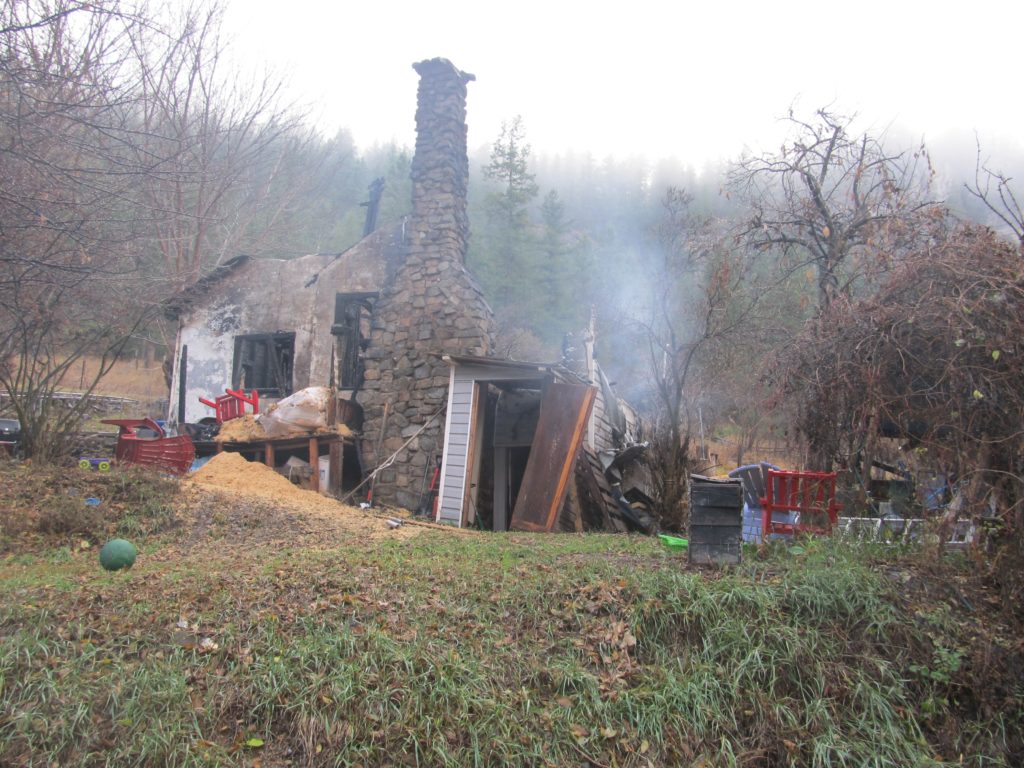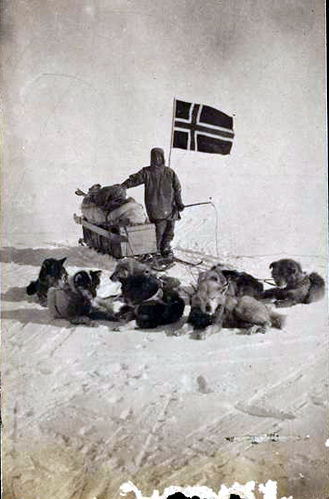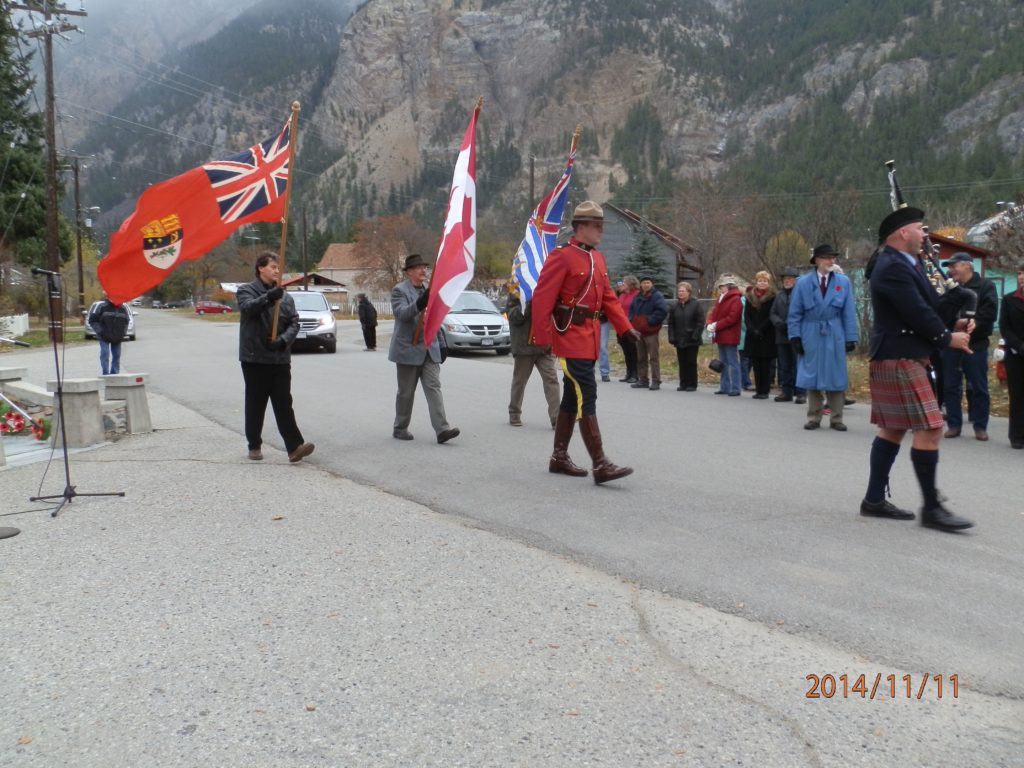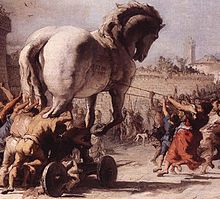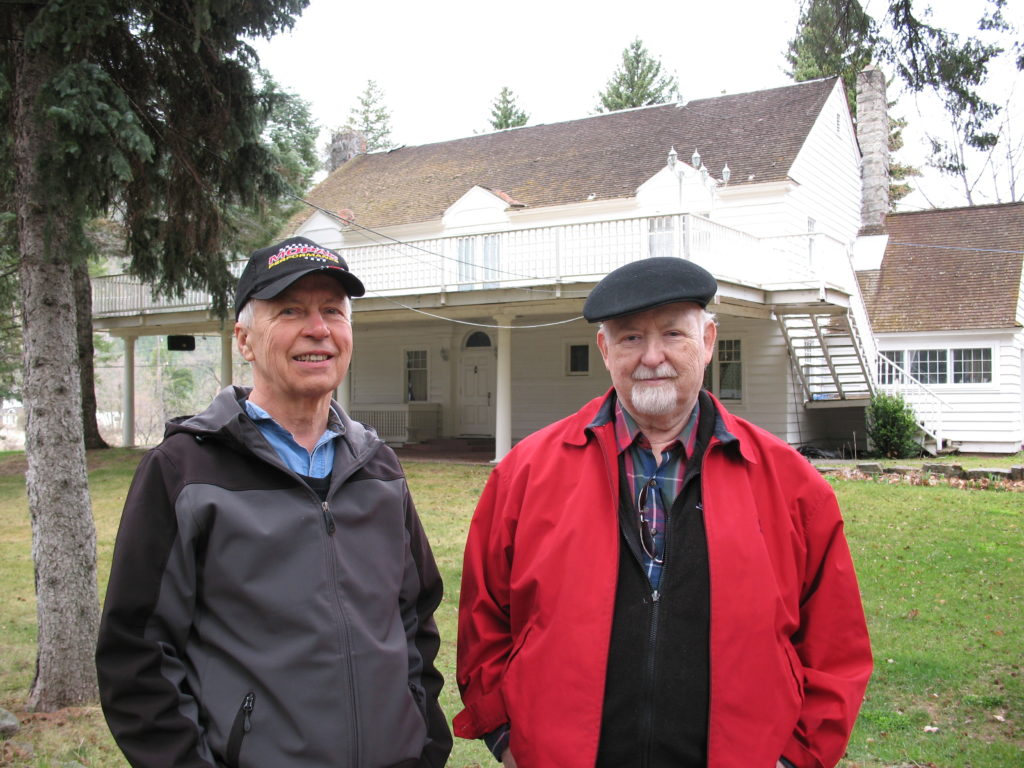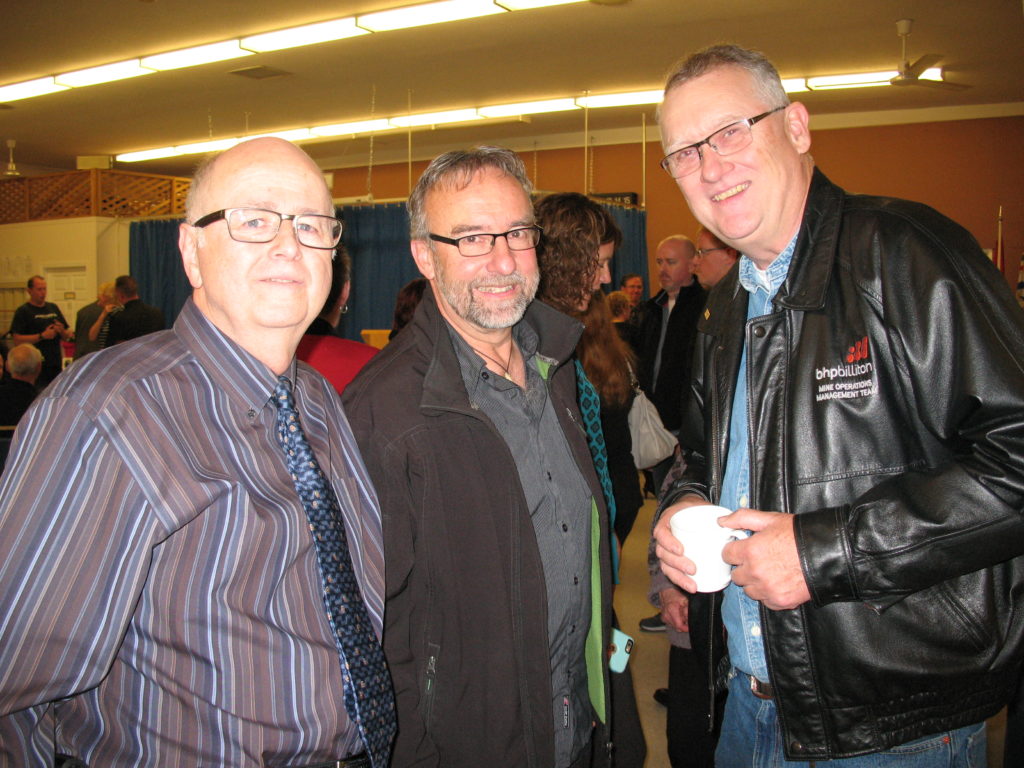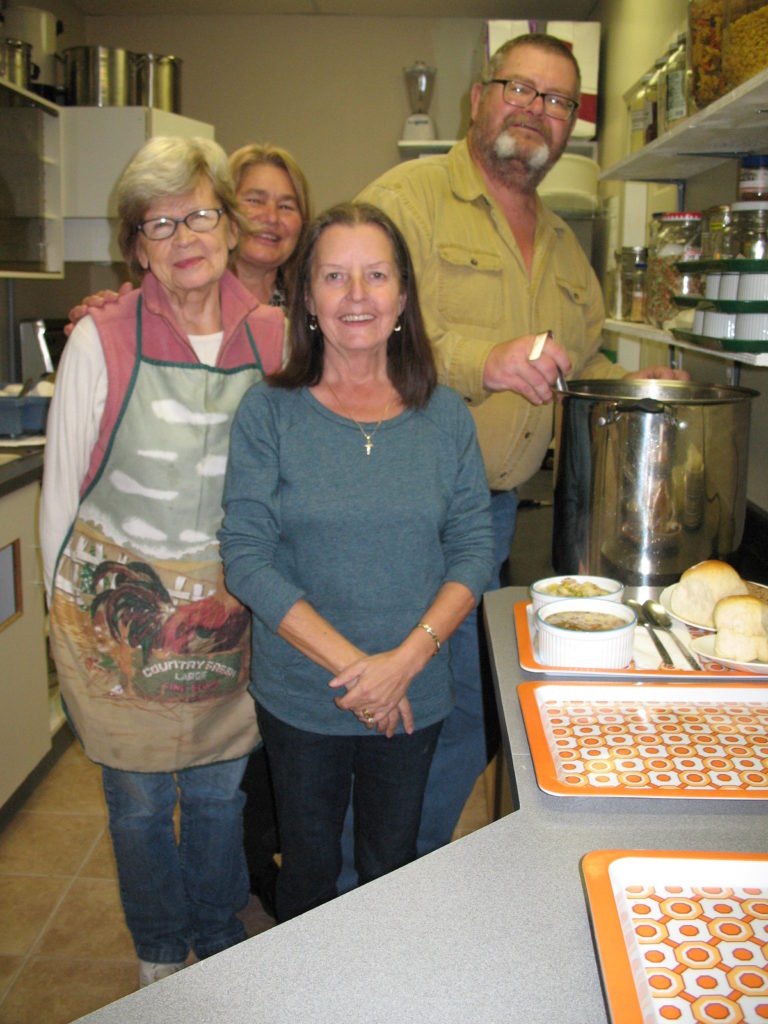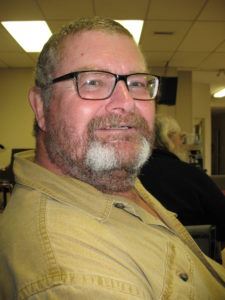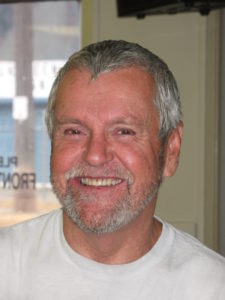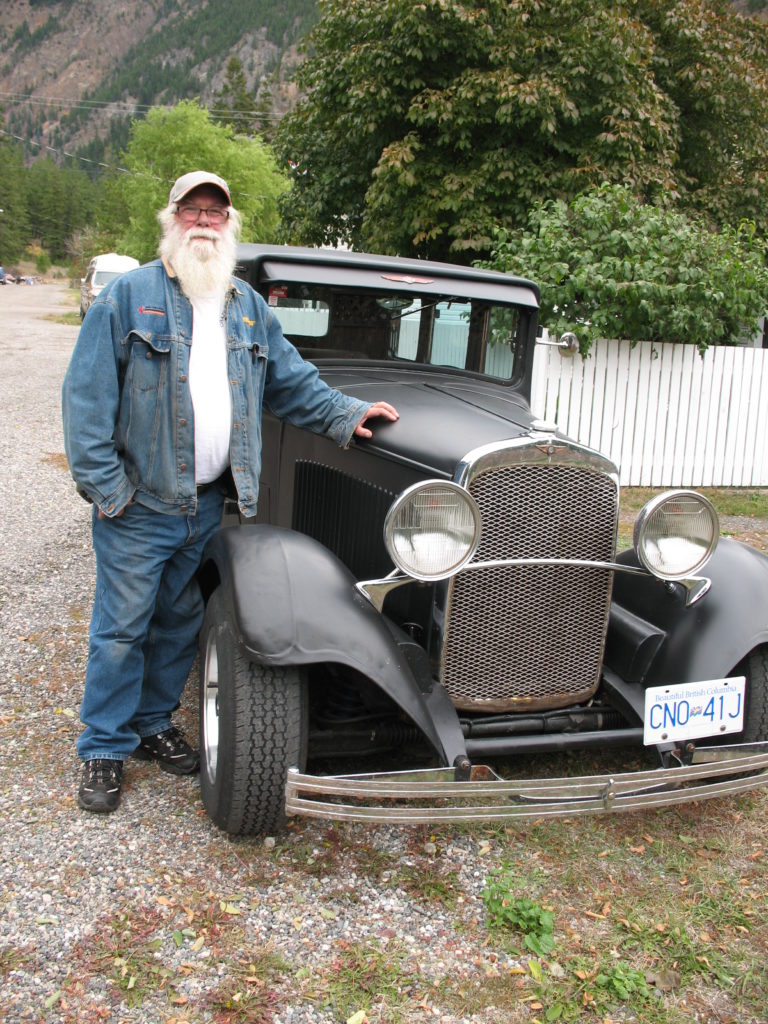
In the early 1990’s I was digging a trench in the back yard of our Aldergrove home. I had my radio tuned to Peter Gzowski`s “Morning Side” program. When he said, “my next guests will be Keith and Marilyn Lamont of Langley,” I lay down my shovel and listened. I knew that Christine Lamont and her fiancee David Spencer were serving lengthy sentences in a maximum security penitentiary in Sao Paulo, Brazil. They had been implicated in the kidnapping of Brazilian supermarket magnate, Abilio Diniz.
I felt no compassion for the young couple, but the pathos in the Lamonts’ voices that morning somewhat softened my thinking. I knew Linda and I would be devastated if it was our daughter.
Looking over my shoulder today and reflecting on my increasingly many years, I’m reminded of author Rick Warren’s words “predictability is the great enemy of adventure.” I was never good at predictability. Possibly my attention span is too limited. I have repeatedly been diverted onto unfamiliar side excursions, sometimes to Linda’s consternation. On this day I would again lapse into the uncertain realm of unpredictability.
After the radio interview I called the Lamont home, planning to say I’d write our MP. A friend of the family was taking calls. She invited us to a meeting at Christ Church Cathedral that Thursday. Our decision to attend would divert our lives onto what poet Robert Frost might have deemed “the path less taken.”
In a basement meeting room of the cathedral we sat in the back row, wanting to remain anonymous. When the MC offered an opportunity for comment though, I got up and made a suggestion. At the end of the meeting, the grey haired man sitting in front of us turned around. Smiling broadly he said, “My name is Eric. I`m chairman of Canadians for Justice for Christine Lamont and David Spencer. Ì’d like to invite you to our next committee meeting.” Having been deeply impacted by Keith and Marilyn Lamont’s account and their gracious, unassuming natures, we accepted. It would prove to be a further step into unfamiliar terrain.
Learning I was a member of a Toastmasters club, the Lamonts asked me to be their media liaison. I quickly realized how aggressively reporters were pursuing this international story. Calls from major media like the Vancouver Sun, the Globe and Mail, MacLean’s Magazine, Global TV and others, began flowing to me.
For the Canadian media kidnapping was a crime easy to report on harshly. One morning the phone awakened me at 6:30. I agreed to do an interview with a radio talk show in Toronto. Wanting to stir up controversy and arouse emotions, the two hosts attempted to frustrate me and push me into uncomfortable corners. Standing outside on the patio, I smiled, determined not to give them the satisfaction.
Some of our family and friends were mystified by our decision to work for the release of 2 kidnappers. At times we were also troubled. We did know though that people in some Latin American nations were living in extremely difficult, often dangerous circumstances. On an SFU class research project in El Salvador several years earlier, Christine had seen the bodies of homeless youths strewn along the sides of streets, shot by the police. We also learned that Salvadoran army units at times entered villages and threw babies in the air and shot at them for target practise. Christine and David had joined the Brazilian kidnapping plot to raise funds to change conditions in El Salvador.
In 1998, after 9 years in the dangerous Sao Paulo penitentiary, they were turned over to Canadian prison authorities. That November, having served one third of their sentence, they were given mandatory parole. The Lamonts arranged a social evening for our committee to meet Christine and David just before Christmas. I didn’t look forward to this, thinking they would be hardened criminals. Amazingly, Linda and I found them to be soft spoken, uncomplaining and just wanting to again live as average citizens. They turned down all requests for media interviews, including an offer of $25,000.
By stepping onto this unpredictable “path less taken,” Linda and I gained unique experience and understanding. We also became friends with Keith and Marilyn Lamont, two of the most gracious, unpretentious people we know. Now married, Christine Lamont and David Spencer are law abiding, productive members of their community.

